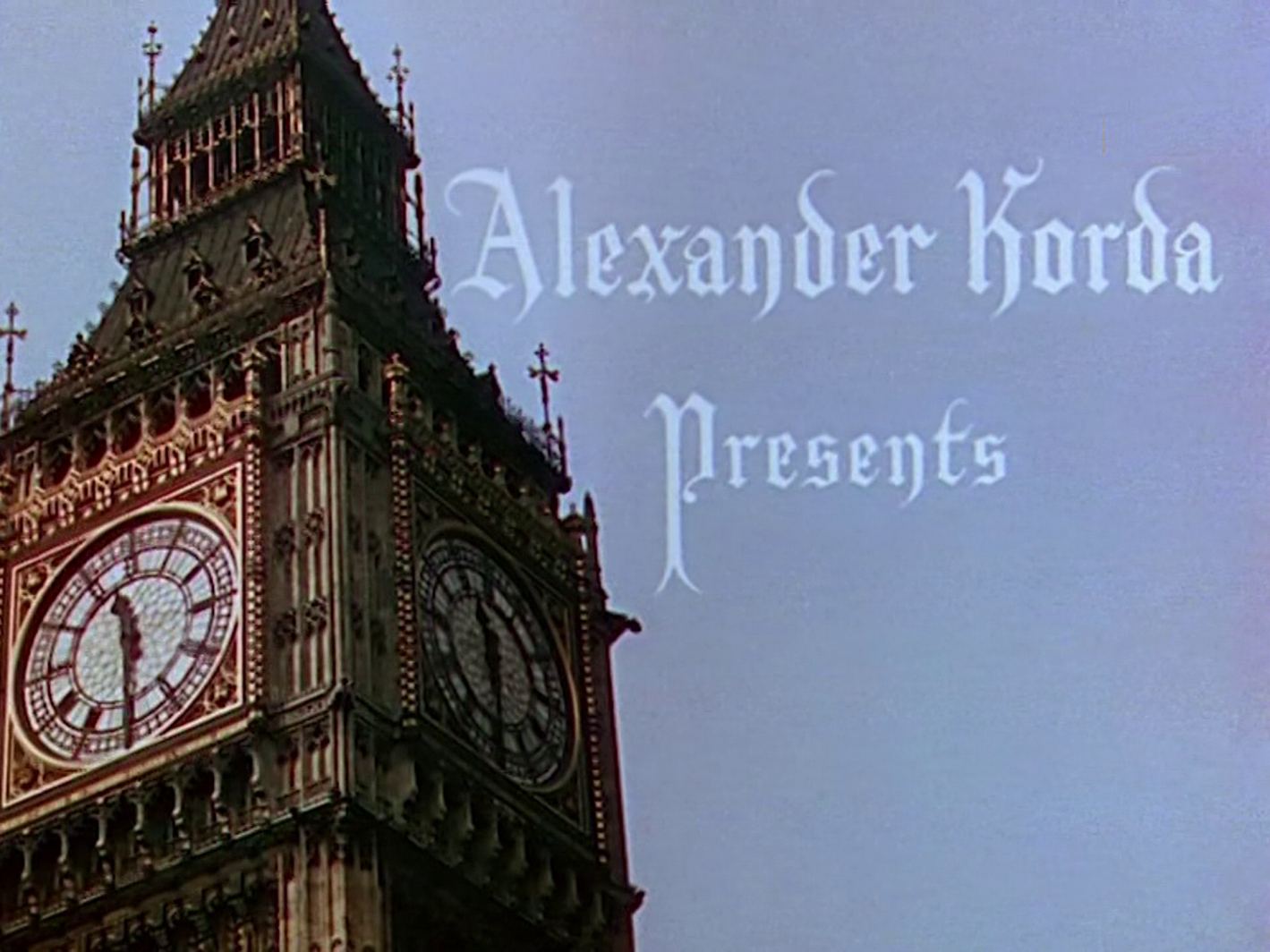“Meu Tio” (1958), de Jacques Tati, é um dos meus filmes preferidos
de todos os tempos. Também gostei muito de “As Férias do Sr Hulot” (1953), do
mesmo diretor. Por isso, não poderia estar mais animada para finalmente
assistir ao filme que é considerado sua obra-prima “Play Time – Tempo de
Diversão” (1967), que é tanto uma ode quanto uma crítica à modernidade.
Infelizmente, me desapontei um pouco com o filme.
Jacques Tati’s
“Mon Oncle” (1958) is one of my favorite movies of all time. I also highly
enjoyed his “Monsieur Holut’s Vacation” (1953). So I couldn’t be more excited
to finally watch what is considered his masterpiece, “Play Time” (1967), a
movie that is both an ode to and a critic of modernity. Unfortunately, the film
left me a bit disappointed.
Há duas linhas narrativas em “Play Time” que convergem em mais
de uma ocasião. Uma linha segue um grupo totalmente feminino de turistas
norte-americanas em Paris. A segunda segue, a partir dos 12 minutos de
projeção, nosso velho amigo, o Sr Hulot (Tati).
There are two
narrative lines in “Play Time” that get intertwined in more than one occasion.
One line follows a group of North American female tourists in Paris. The second
line follows, starting at the 12-minute mark, our old friend Monsieur Hulot
(Tati).
Hulot tem um compromisso agendado em um enorme prédio de
escritórios onde também está havendo uma feira de bugigangas modernas. Tati
leva tempo – e isso é de se admirar – apresentando os ambientes para nós antes
que cheguem os personagens. Isso acontece com o aeroporto no começo, o prédio de
escritórios e o restaurante chique.
Hulot has an
appointment in a huge office building where there is also a fair presenting
modern gadgets. Tati takes his time – and that’s something to admire – to
present the environments to us before the characters arrive there. This happens
with the airport in the beginning, the office building and the fancy restaurant.
No meu DVD havia um especial para a TV
norte-americana chamado “Tativille”, mostrando a cidade cenográfica construída
por Tati especialmente para o filme. Tati declarou que, quando você inicia um
filme, é você contra o mundo. Em “Play Time”, durante toda a projeção, é Hulot
contra o mundo moderno. A modernidade é desconjuntada e fria, e Hulot traz
calor para contrapor. Ele também traz calor ao quebrar a porta de vidro do
restaurante: dali em diante não são só os “escolhidos” que podem entrar no
recinto, que se torna então um local para todos.
In my DVD there
was an special for American TV called “Tativille”, showing the town built on
studio by Tati especially for the film. Tati declared that, when you start a
movie, it’s you against the world. In “Play Time”, all during the projection,
it’s Hulot against the modern world. Modernity is disjointed and cold, and
Hulot brings warmth to it. He also brings warmth as he shatters the glass door
in the restaurant: from then on, not only the “chosen ones” can enter the
restaurant, it’s now a place for everybody.
Em “Tativille” também fiquei sabendo que Tati escolheu as
turistas norte-americanas entre esposas de marinheiros que estavam em serviço
perto do estúdio. A única que recebe mais atenção – e um nome – é a charmosa
Barbara (Barbara Dennek). Dennek era uma babá alemã vizinha de Tati, por isso
ele a contratou para o papel. Ela ficou, entretanto, incomodada com o longo
tempo de gravação, por isso não fez mais filmes.
In “Tativille” I
also learned that Tati chose the North American tourists among wives of sailors
stationed near the studio. The one that receives more attention – and a name – is
the charming Barbara (Barbara Dennek). Dennek was a German au pair who lived
next door to Tati, so he hired her for the role. She was, however,
disillusioned with the long shooting, so she didn’t appear in another film
afterwards.
No IMDb fiquei sabendo que a sequência do restaurante demorou
sete semanas para ser filmada, por causa de toda a ação que acontecia tanto no
background quanto mais perto da câmera. A filmagem completa durou três anos e
por não ter conseguido recobrar os gastos com a bilheteria, Tati ficou
endividado por muito tempo.
On IMDb I
learned that the restaurant sequence took seven weeks to shoot, because of all
the action happening both in the background and the foreground. The whole
shooting took three years and the failure to recover the costs at the box
office left Tati in debt for a long time.
Jacques Tati disse que a estrela de “Play Time –
Tempo de Diversão” é a decoração. Eu concordo. O filme é um deleite para os
olhos, capaz de enlouquecer arquitetos e engenheiros. Para mim, não teve a
simplicidade e o contraste entre o antigo e o novo que fizeram “Meu Tio”
funcionar. A falta de uma linha narrativa também não ajudou. Ainda admiro Tati
imensamente, mas “Meu Tio” continua sendo meu favorito entre seus filmes.
Jacques Tati
said that the real star of “Play Time” is the decor. I agree. The film is a
feast for the eyes and will make architects and engineers go crazy. For me, it
lacked the simplicity and the contrast between old and new that made “Mon
Oncle” work. The lack of a proper storyline to follow also didn’t help. I still
admire Tati immensely, but “Mon Oncle” remains my favorite among his movies.










